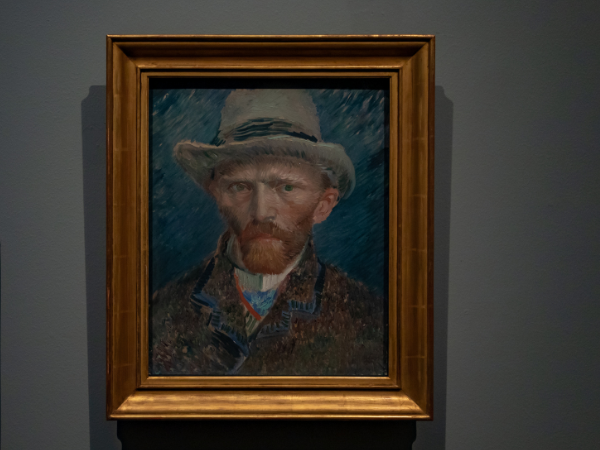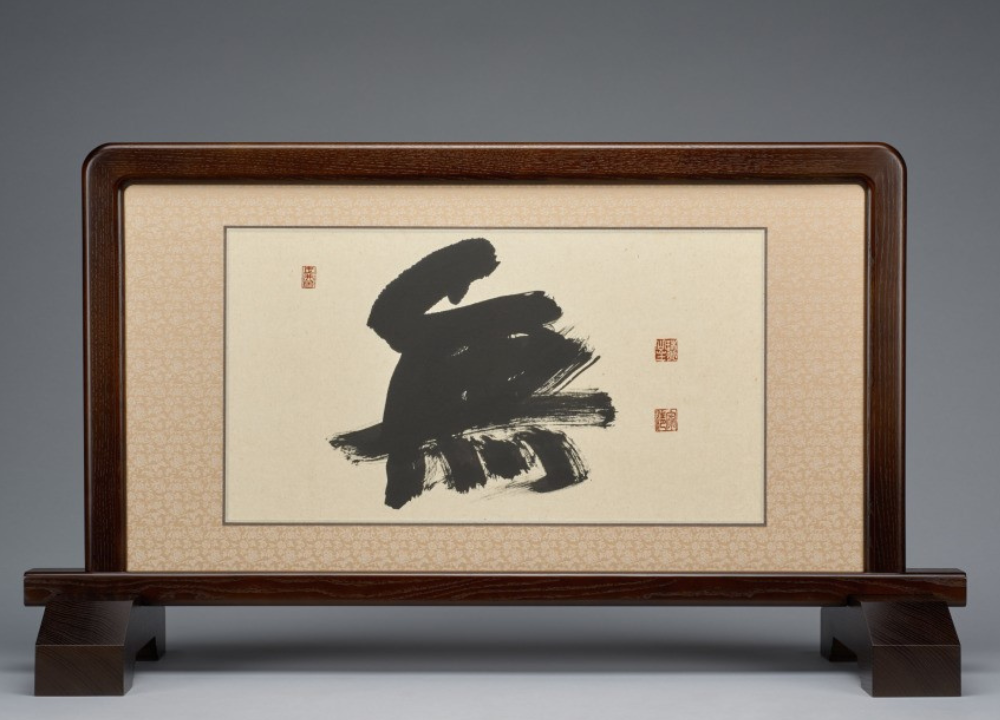The exhibition Van Gogh: Poets and Lovers at the National Gallery in London (September 14, 2024 – January 19, 2025) brings together some of Vincent van Gogh’s most iconic and rarely seen works. It explores how poetry, love, and human connection shaped his artistic vision during his transformative years in Provence and Saint‑Rémy.
Van Gogh’s Provençal Transformation
Van Gogh’s time in Provence marked a turning point in his career. The light, colors, and atmosphere of Arles inspired him to experiment with bold brushwork and emotional intensity.
- Arrival in Arles in 1888
- Discovery of the “Poet’s Garden”
- Influence of Mediterranean light and landscapes
- Creation of masterpieces like Sunflowers and The Yellow House
This period was not just about technique; it was about Van Gogh’s search for meaning. His canvases became visual poems, reflecting both joy and turbulence. The exhibition highlights how Provence gave him a new language of color and form.
The Concept of “Poets and Lovers”
The title of the exhibition emphasizes Van Gogh’s fascination with poetry and human intimacy. He often saw himself as a poet with a brush, painting emotions rather than mere appearances.
- Inspiration from poets like Jules Michelet and Paul Verlaine
- Letters to his brother Theo filled with literary references
- Romantic symbolism in works such as Starry Night Over the Rhône
- Exploration of companionship and solitude
By framing Van Gogh as both poet and lover, the exhibition challenges the stereotype of him as only a “tortured genius.” It shows a man deeply invested in human connection and artistic dialogue.
Iconic Works on Display
The exhibition assembles masterpieces from across the globe, many rarely loaned to public institutions.
- Starry Night Over the Rhône (1888)
- The Poet’s Garden (1888)
- The Yellow House (1888)
- Self‑Portrait with Straw Hat (1887)
- Cypresses (1889)
Each painting is paired with drawings and letters, creating a layered narrative. Visitors experience Van Gogh’s art not as isolated works but as part of a living conversation between image, word, and feeling.
The Role of Love in Van Gogh’s Art
Love, both romantic and spiritual, permeates Van Gogh’s canvases. His depictions of couples, gardens, and starry skies reflect longing and tenderness.
- Lovers walking under the night sky
- Symbolism of flowers as tokens of affection
- Letters expressing his yearning for companionship
- The tension between intimacy and isolation
This theme reveals Van Gogh’s vulnerability. His art becomes a diary of emotions, where every brushstroke is a confession of desire and hope.
Van Gogh and the Written Word
Van Gogh’s letters are as important as his paintings. They provide insight into his creative process and his literary imagination.
- Over 900 letters preserved
- Frequent references to poetry and novels
- Descriptions of paintings as “poems in color”
- Dialogue with Theo as a form of artistic reflection
The exhibition integrates these writings, allowing visitors to hear Van Gogh’s voice alongside his images. His words illuminate the emotional depth behind each canvas.
The Exhibition Experience
The National Gallery designed the exhibition to immerse visitors in Van Gogh’s world. It is not just a display of art but a journey through emotion.
- Thematic rooms: Provence, Saint‑Rémy, Poets, Lovers
- Multimedia installations with readings of Van Gogh’s letters
- Rare loans from museums in Paris, Amsterdam, and New York
- Carefully curated lighting to evoke the atmosphere of his paintings
This approach transforms the gallery into a living poem, where visitors walk through Van Gogh’s inner landscape.
Critical Reception and Impact
The exhibition has been hailed as one of the most significant Van Gogh shows in decades. Critics emphasize its originality and emotional resonance.
- ★★★★★ reviews from major art publications
- Praise for the inclusion of rarely seen works
- Recognition of Van Gogh’s literary sensibility
- Anticipation of record attendance
Beyond its immediate success, the exhibition reshapes how audiences understand Van Gogh: not just as a painter of sunflowers, but as a poet of human experience.
Legacy of “Poets and Lovers”
The exhibition leaves a lasting impression on art history. It reframes Van Gogh’s legacy by highlighting his dual identity as painter and poet.
- Renewed appreciation for his letters
- Expanded interpretation of his works as emotional narratives
- Influence on contemporary artists exploring poetry in visual art
- Contribution to scholarship on Van Gogh’s inner life
Ultimately, Poets and Lovers reminds us that Van Gogh’s art is not only about color and form but about the universal human need for love, connection, and expression.
In summary: “Van Gogh: Poets and Lovers” is more than an exhibition — it is a profound exploration of how art, poetry, and love intertwine in Van Gogh’s vision.




